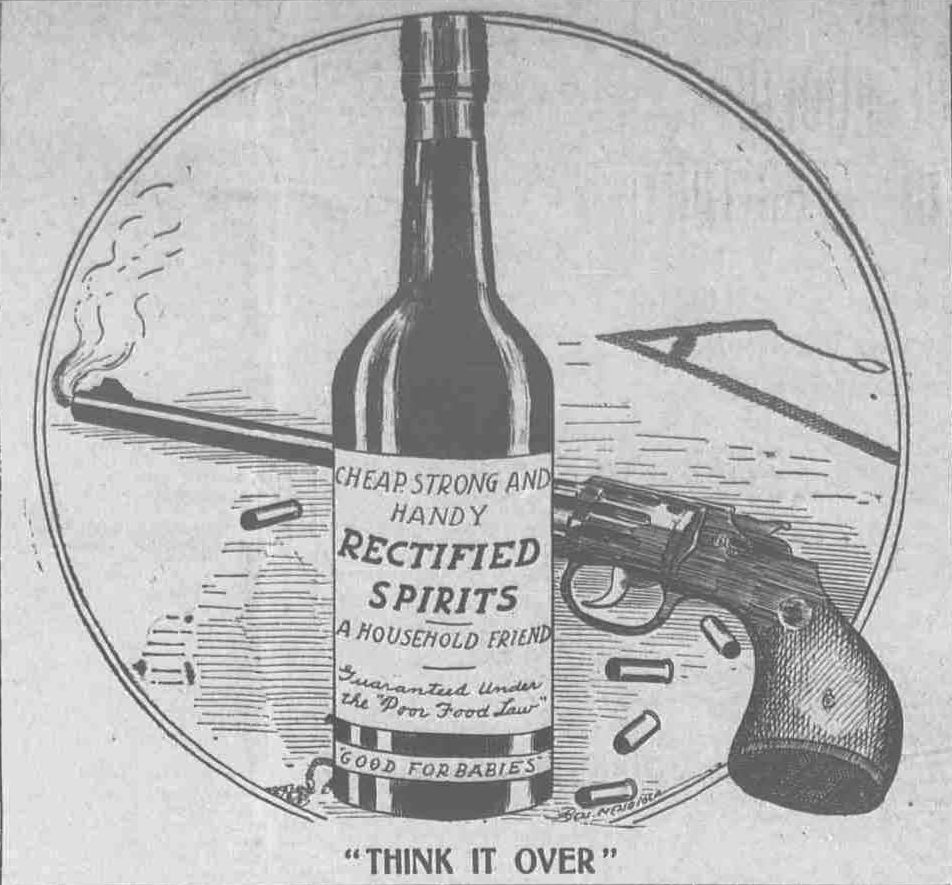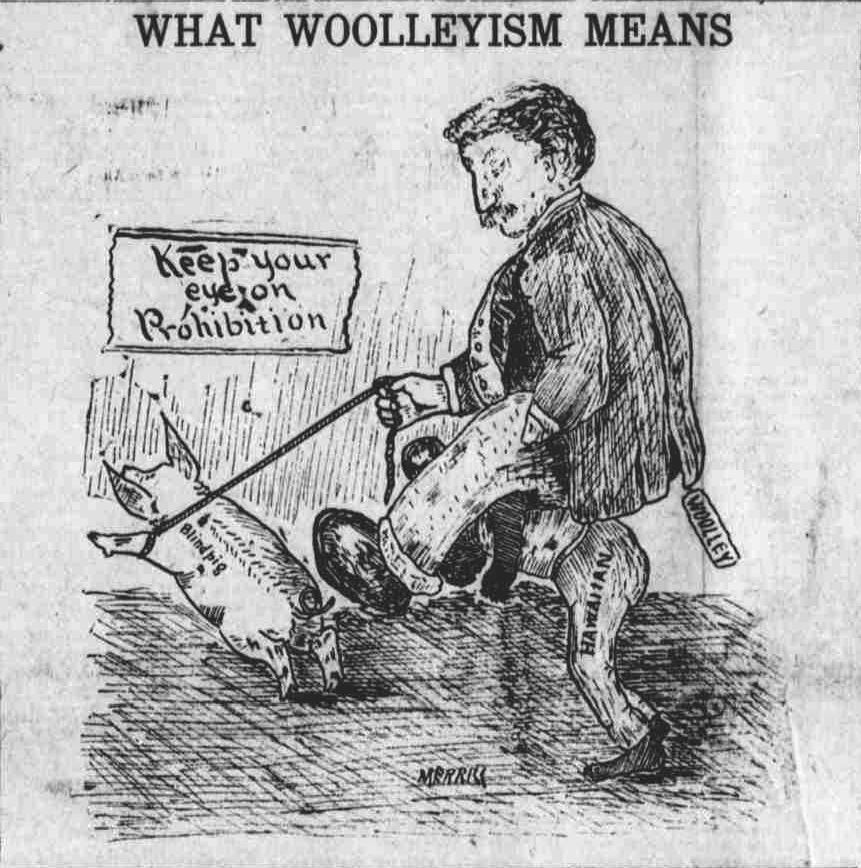The Prudential Committee of the American Board of Commissioners for Foreign Missions (ABCFM) announced that all overseas missionaries were required to have a wife before departure; their reason, the temptations for inappropriate relations were too great on the Polynesian islands.
Stories circulated about failed London Missionary Society stations where single male missionaries “went native” among South Sea islanders. (Brown)
Of the seven men in the Pioneer Company of missionaries to Hawai‘i, only Daniel Chamberlain was married, the other six men had a little over a month to find brides before the October departure date. Here are the newlyweds wedding dates:
- Hiram and Sybil Bingham – October 11, 1819
- Asa and Lucy Thurston – October 12, 1819
- Samuel and Mercy Whitney – October 4, 1819
- Samuel and Mary Ruggles – September 22, 1819
- Thomas and Lucia Holman – September 26, 1819
- Elisha and Maria Loomis – September 27, 1819
On October 23, 1819, the Pioneer Company of American Protestant missionaries set sail on the Thaddeus for the Sandwich Islands (now known as Hawai‘i.)
Over the course of a little over 40-years (1820-1863 – the “Missionary Period”), the ABCFM sent twelve companies of missionaries, support staff, and teachers – about 184-men and women – to carry out the mission of the ABCFM in the Hawaiian Islands.
The ABCFM included Doctors/Physicians with the missionaries. “[P]hysicians, ordained and unordained, were all expected to be missionary physicians, that is, to make their medical practice subservient to the grand object of the missions. The employing of missionary physicians grows mainly out of the practice of employing married missionaries.”
“Their first care is of the mission families; but they are expected to exert a conciliating influence among the natives by the kindly offices of their profession. Missionary physicians have not been sent where the needful medical attendance was believed to be otherwise attainable.” (First Fifty Years of the American Board of Commissioners for Foreign Missions)
After 164-days at sea, on April 4, 1820, the Thaddeus arrived and anchored at Kailua-Kona on the Island of Hawaiʻi. The first missionaries to the Islands needed to receive permission to land and stay. Discussions and negotiations to allow the missionaries to stay went on for days. On April 10, “All the brethren went on shore to make one more united effort to obtain what appeared to all to be truly desirable.”
They sought and received assistance from some of the other foreigners. “After many inquiries with respect to our designs and to the number of arts which we were able to teach, they seemed to be satisfied that our intentions were good, and that we might be of some service to them.”
“To obviate what had seemed to be an objection, the fear of displeasing G. Britain, they concluded that Mr. Young should write to England to inform the people that American missionaries had come to settle here, not to do any harm but to teach the people of these Islands all good things.”
“They added that we must not send for any more missionaries, from fear that we might be burdensome or dangerous to the government. When we had finished our propositions and made all the statements which we thought proper, we left them to have a general consultation tonight, and to give us their result tomorrow. We believe ‘the Lord is on our side’ and that our wishes will be gratified.” (Thaddeus Journal)
Then, the decision was made …
April 11, 1820, “The king and chiefs held a consultation last night. Today Bro T [Thurston’ and Dr H [Holman] went on shore to hear the result. It was this – that two of the missionaries with their wives should be stationed at Kairooa [Kailua-Kona] together with two of the native youths [Hopu and Kanui].”
“We are to proceed to Hoahoo [O‘ahu] to make the principal establishment, leaving two of our brethren and sisters in this place. (Sybil Bingham Journal)
This raised initial concerns. For all, the initial anticipation was that the missionaries would be together. The king’s decision meant they missionaries would be separated …
“Such an early separation was unexpected & painful. But broad views of usefulness were to be taken, & private feelings sacrificed. At evening twilight, we surrendered ourselves from close family ties, from the dear old Brig, & from civilization.” (Lucy Thurston Journal)
“The separation is painful. – If nature might be allowed to speak, we should say our dear brother and sister Thurston we must have with us. She is a lovely sister. But the Lord’s will be done. We hope we are enabled to say if from the heart. Our physician is the other to be left.” (Sybil Bingham Journal)
“It is indeed trying to be separated from our dear brethren & sisters, & especially from our Physician. But is seems to be the will of the God & we ought cheerfully to submit, if in so doing, we might be more useful.” (Mercy Mhitney Journal)
“We found it very trying to separate after having been so long united, but feel comforted with the hope that we can be more extensively useful by this arrangement; than if we were all settled together.” (Loomis Journal)
“We plead earnestly that we might all go to Oahhoo … and become a little familiarized to the country before we separated – not knowing how a family could live upon a rock of Laver … Our entreaties however were unavailing.” (Lucia Ruggles Holman)
“The king had previously enquired what arts were possessed by the brethren & when he learned that we had a physician with us, it was his wish that he should remain.” (Loomis Journal, entry by Mrs Loomis)
For four of the missionary wives, there was an added (and serious) concern – four of the newlywed missionary wives were pregnant when they arrived. The king’s decision meant they would not have a doctor to assist them with childbirth and then care for the infants.
Maternal mortality was a concern. In addition, the child mortality rate in the United States, for children under the age of five, was 462.9 deaths per thousand births in 1800. This means that for every thousand babies born in 1800, over 46 percent did not make it to their fifth birthday. (Statista)
Sybil Bingam tried to calm the others (and herself, I suspect) saying, “Our physician is the other to be left. Do not be alarmed, dear sisters, GOD will be our physician. The king insists upon his remaining on account of his art.”
“As much as we may need that, some of the female part of our little band especially, yet, all things considered, I believe we are all disposed to view a kind providence in the present arrangement.” (Sybil Bingham Journal)
Starting a few short months after their arrival, the new missionary wives became new mothers.
The first child was Levi Loomis, born July 16, 1820 at Honolulu (Oʻahu), he was the first white child born in the Islands; the next was Maria Whitney, born October 19, 1820 at Waimea (Kauai), the first white girl born in the Islands; then, Sophia Bingham, on November 9, 1820 at Honolulu (Oʻahu); and then Sarah Ruggles, born December 22, 1820 at Waimea (Kauai).
(A sad side note is that Hiram and Sybil Bingham’s next two children died at early ages: Levi Parsons Bingham lived only 16 days (his was the first burial in the Kawaiaha‘o cemetery missionary plot); their next child (another son), Jeremiah Everts Bingham lived only 16-months.)


















































